Mining News
Mining News
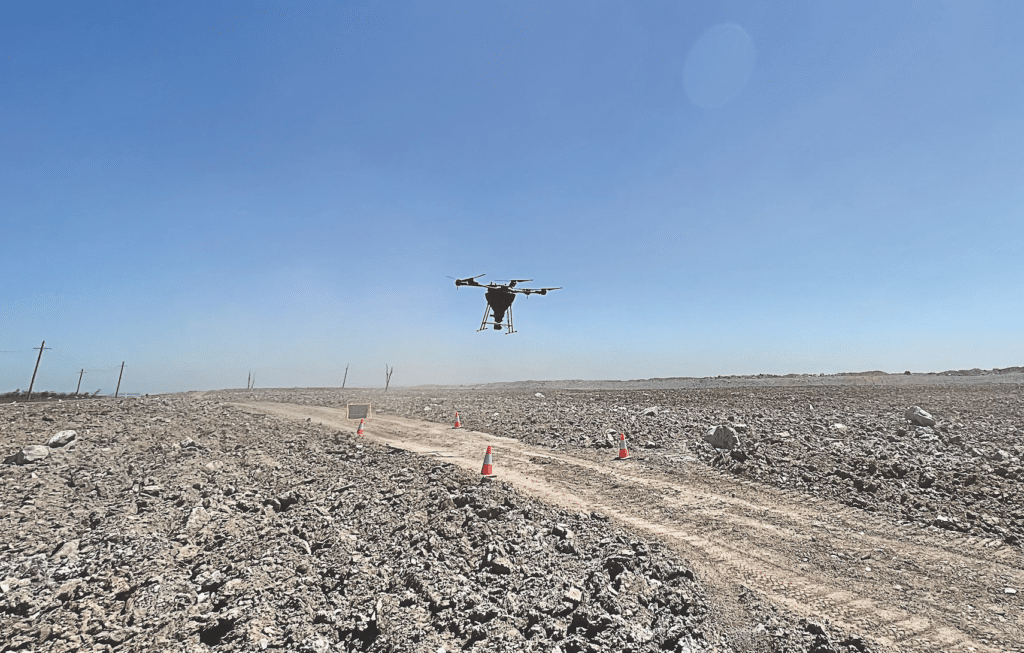
July 8, 2024
Dendra has evolved its aerial seeding technology to the point that it can cover up to 44 hectares per day – a 10-fold increase in just a decade. The Australian mining industry is beginning to understand the gravity of the environmental, social and governance (ESG) movement and what it means for a company’s bottom line. Regulators, investors and other stakeholders are increasingly taking ESG into account when making decisions that affect a mine’s financing and development. Dendra is enabling ESG compliance in the local resources sector by empowering miners and contractors to implement better ecosystem-restoration practices, leading to improved land treatment and relationships with Traditional Owners. As an important component of ecosystem restoration, aerial seeding sees drone fleets disperse various seed types and combinations onto disused mining areas, providing the foundation for ecosystem restoration, reducing erosion hazards, and suppressing the growth of invasive plant species. Aerial seeding usurps traditional ‘boots-on-the-ground’ methods, with drones able to seed larger and harder-to-access areas faster. In fact, Dendra is able to seed up to 44 hectares per day through its current aerial seeding processes – a 10-fold scale increase from a decade ago. Dendra has not only been able to expand the scale of its offerings but also improve the quality of its technology to handle a wider range of seed types. “In Australia, seed types range from grains to grass and everything in between,” Dendra engineering group manager Ashwin Chandrasekaran told Australian Mining. “This is where Dendra comes in – we’ve pioneered new technology that can help spread far more fibrous and difficult seed types. And we do this with a focus on operational safety and efficiency.” Dendra Australia engineering manager Alec Lewandowski said Dendra’s technology is ever evolving. “We are always adapting our system to new seed types,” he told Australian Mining. “When we receive a seed that’s outside of our capability, we perform some R&D (research and development) and get the system working again to a good level. “This is a testament to how our company works; no matter the customer request, we push to make it work.” Dendra sees new capabilities entering the drone technology sector all the time. It’s one thing to adopt a new technology, but it’s another thing to adapt it. “Every year new aircraft enters the market that has more agility or carries heavier weights,” Chandrasekaran said. “Dendra builds a system that can adapt to these aircraft. Just because an aircraft can carry ‘X’ amount of weight doesn’t mean it is better, because you still need to be able to accurately disperse a certain amount of seed per hectare.” The continued expansion of Dendra’s aerial seeding solution reflects both the growth of drone technology over the years and the company’s ability to evolve with that growth and tailor its solutions to current environmental needs. Chandrasekaran said when a mining customer in Western Australia requested its mining operation be seeded by “one of Australia’s most difficult seed types”, Dendra went to work. “The first time we saw the seed, we instantly knew it was going to be a difficult seed to work with; the seed could be compared to a bale of hay,” he said. “But we quickly made some modifications to our system and patented a new technology that focuses on how different seed types can efficiently pass through our system. “We’ve been able to improve our technology little by little, making it more and more efficient, and we’re now at the stage where we’re doing an extensive project. “We started aerial seeding about five hectares for this client. This year we’ll be doing 500 hectares.” Dendra has achieved greater scale and scope with its aerial seeding solution. The company is also changing the way undulating and difficult-to-access terrains can be rehabilitated. “Much of the mining environment is very treacherous terrain – it’s rarely flat,” Chandrasekaran said. “While traditional methods often involve trucks, tractors or teams of people on ground manually completing seeding tasks, this is not possible or safe in many mining landscapes. “This is where our aerial solution comes into effect. There is no terrain we cannot seed, which means we can easily scale because we only need to add more aircraft to increase the size of the area we’re trying to spread. “And even if the terrain is accessible, if you consider the cost per hectare, buying another drone is a lot more economical than buying another tractor to seed the same area.” Dendra makes seeding simple, with the mobility of its unmanned aerial vehicles (UAVs) meaning solutions can be quickly mobilised to a mine site. “Some of the mine sites we work with are so remote that it isn’t always practical to get machinery on-site in a short space of time,” Chandrasekaran said. “But we’re able to quickly deploy our UAVs, go out and complete hundreds of hectares of seeding over a couple of weeks. “We’re efficient, we’re safe, and we’re fully capable of being able to deliver seeding solutions at scale in a short period of time, which saves mining companies a lot of time and money.” While Dendra has already achieved so much with its aerial seeding solution, there is so much more potential for this technology to grow and evolve. Lewandowski said the company is always pushing to achieve greater volume. “The more volume an aircraft can hold, the more seeds you can hold in one flight,” he said. “This means less fly backs, less filling up of the aircraft, which means more spread and more hectares covered per day.” Dendra has a passion for technology and a passion for the environment, two critical linchpins in determining the mining sector’s ESG future. And as Dendra establishes a stronger presence in the Australian mining sector, the company will continue to drive greater innovation and unearth safer, more efficient and more cost-effective ecosystem restoration practices. Source: https://www.australianmining.com.au/inspired-tech-and-faster-rehabilitation/

July 4, 2024
The MagneW PLUS+ electromagnetic flowmeters from Azbil Corporation are designed to measure every sort of liquid, including water, chemicals, slurries, and corrosive liquids. The standard model has a mirror-smooth PFA (perfluoroalkoxy) liner for excellent adhesion resistance that enables outstanding durability even in long-term use. It is available in an integrated type and a remote type and can be used in a wide range of settings, including explosion-proof and outdoor environments. The Azbil magnetic flowmeters offer the following features: Improved performance and greater stability Suppression of flow noise is 3.5 times that of the conventional model for excellent stability in the presence of noise. Achieves more reliable measurement in individual applications through features such as an excitation frequency change function, an optional auto spike cutoff setting, travel averaging, and manual zero adjustment. Improved factory data memory function to facilitate checking after shipment In addition to the serial number and production date on the product tag plate at shipment, the human machine interface enables checking in maintenance mode. Statuses that may be difficult to read on the product tag plate are backed up as electronic data. High-speed batch function for batch applications A high-speed response function with a damping time constant of 0.1 second can be selected as an option. This enables compatibility with high-speed batch applications, allowing use with a pulse frequency of up to 3000 hertz. Compatible with HART and CommPad communicators as a standard feature Communication with CommPad is supported as in previous models. Communication superimposed on the analogue signal can be used by selecting the HART communicator function. For further information, contact AMS Instrumentation & Calibration , Azbil’s Australian distributor. Source: https://www.australianmining.com.au/introducing-azbils-new-electromagnetic-flowmeters/
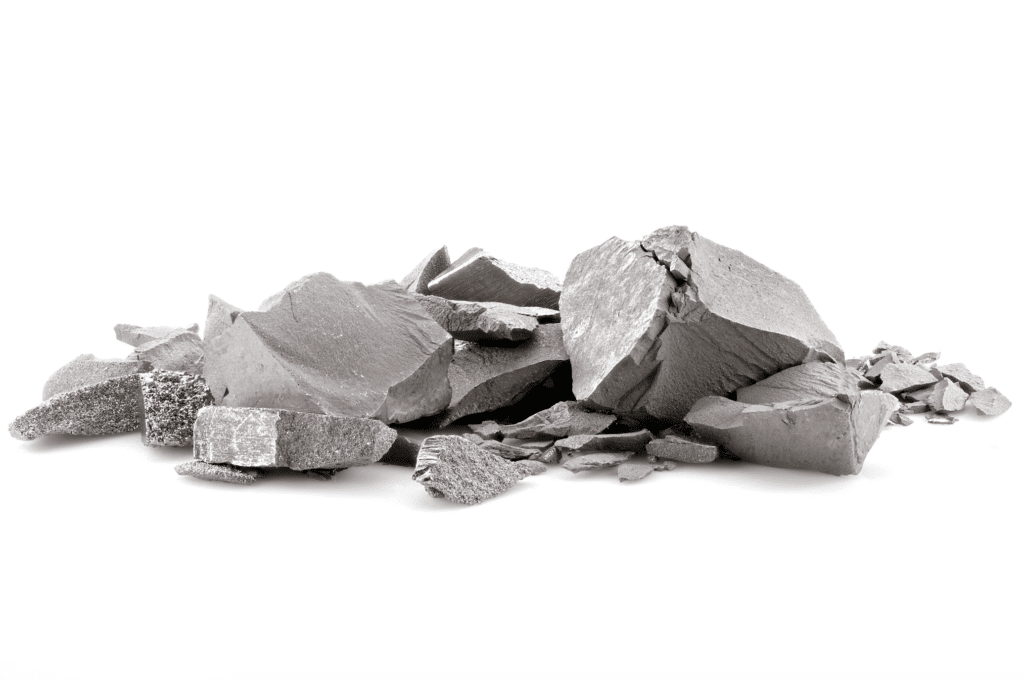
July 4, 2024
EQ Resources hit new weekly production records in June at its Mount Carbine and Saloro tungsten operations in Queensland and Spain respectively. The Mount Carbine operations produced a record 70.4 tonnes of 50 per cent tungsten oxide (WO3) concentrate over a seven-day production period, with a daily record of 13.6 tonnes of 50 per cent WO3 concentrate produced within a 24-hour period. According to EQ, this marks a 16 per cent improvement over the previous weekly production record at Mount Carbine. It also builds off the production record achieved in the March 2024 quarter. The Saloro operations also achieved a weekly production record of around 50 tonnes of 50 per cent WO3-equivalent concentrate within a seven-day period at the beginning of June. EQ credited the higher recovery and final concentrate production at Saloro to significant upgrades implemented during the June 2024 quarter. “I am very pleased with the progress seen at both operations specifically throughout June,” EQ chief executive officer Kevin MacNeill said . “Mount Carbine faced a major rebuild of our main screen, which allowed us to implement the previously announced upgrade of one of our XRT sorters. Technology is evolving quickly and given our good relationship with TOMRA and considering that we just commissioned the new generation sorters at Saloro, we could finish the upgrade in less than a week.” Looking ahead, the Saloro processing plant de-bottlenecking program is scheduled for completion by the end of the September 2024 quarter. The plant improvements implemented so far include the crushing and screening circuit, modification of jig ragging, spiral circuit optimisation and a rearrangement of the shaking table circuit to capture a higher proportion of fine scheelite previously lost in the tailings stream. The Queensland Investment Corporation will also fund the expansion of Mount Carbine via a $20 million loan to be received by EQ in two instalments over a three-year period. Source: https://www.australianmining.com.au/eq-hits-tungsten-production-high/

June 20, 2024
Westgold Resources has increased the mineral resource at its Starlight gold mine in Western Australia by 41 per cent. The total mineral resource for Starlight now sits at 590,000 ounces, with a 21 per cent increase in measured and indicated mineral resource available for ore reserve studies. “Organic growth opportunities within Westgold’s high value portfolio continue to be unlocked by drilling,” Westgold managing director and chief executive officer Wayne Bramwell said . “The growth in Starlight and emergence of the Waterbore zone we see today is a function of good science and the investment Westgold made in drilling this mine over the last eighteen months. “The same strategy is being deployed across our main operating assets such as Bluebird-South Junction, Big Bell and Great Fingall, extending these orebodies and mine lives.” Westgold has identified the Waterbore Zone within Starlight as a potential new mining front, with strong results returning for the quarter. Intensive drilling will continue at Starlight, with three drill rigs now operating. “Optimising Starlight to maximise free cash generation over an extended life remains the focus, with continued exploration success providing the platform to deliver this objective,” Bramwell said. Westgold said that many of the more significant results returned during the current quarter are from the Waterbore area of the mine. Waterbore is a relatively new production zone with only one trial level developed, however the tenor of grades seen is providing encouragement that Waterbore can develop into a long-term alternative production source for Starlight. Source: https://www.australianmining.com.au/starlight-only-getting-brighter-for-westgold/
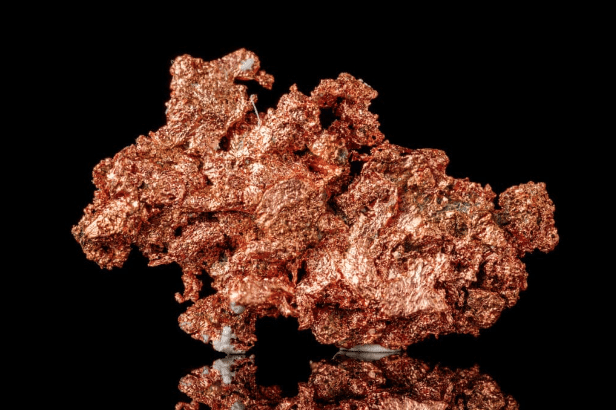
June 20, 2024
Gold and copper explorer AIC Mines has achieved the 2023–24 financial year (FY24) production guidance it set for its Eloise copper mine in north Queensland. AIC Mines officially acquired the Eloise mine in November 2021 from FMR Investments for $27 million. FMR is now AIC’s largest shareholder, holding between 26–29.9 per cent of the company. According to AIC, since acquiring the mine, its key focus areas at Eloise has been to improve operational reliability. The company has done this by investing in a mining fleet to improve availability, developing additional ore sources such as the Macy North and Lens 6 deposits, and having an overall focus on employee feedback to improve engagement and reduce employee turnover. As a result, Eloise has achieved its FY24 guidance of 12,500 tonnes (t) of copper and 5000 ounces (oz) of gold concentrate. “This is an excellent outcome and testament to the energy and ability of the team at Eloise and the targeted capital investment made by AIC Mines over the past two years,” AIC Mines managing director Aaron Colleran said . Last month, the Queensland Government granted AIC a mining lease for its Jericho deposit located 4km southeast of Eloise, which it acquired in January 2024. The mining lease allowed AIC to commence surface works at Jericho. “Development of a new underground mine at Jericho is a game changer for our Eloise copper mine,” Colleran said on May 17. “It provides a pathway to expanding annual production at Eloise to over 20,000t of copper and 10,000oz of gold in concentrate. “Mining at Jericho will be lower cost than Eloise as it is much shallower, commencing below only 50m of cover. Expansion of the Eloise processing plant will further reduce operating costs through economies of scale and equipment improvements.” AIC is also developing a 3km underground link drive from Eloise to Jericho, which will take off from the Eloise decline at 125m below surface. Source: https://www.australianmining.com.au/aic-hits-production-milestone-at-eloise/
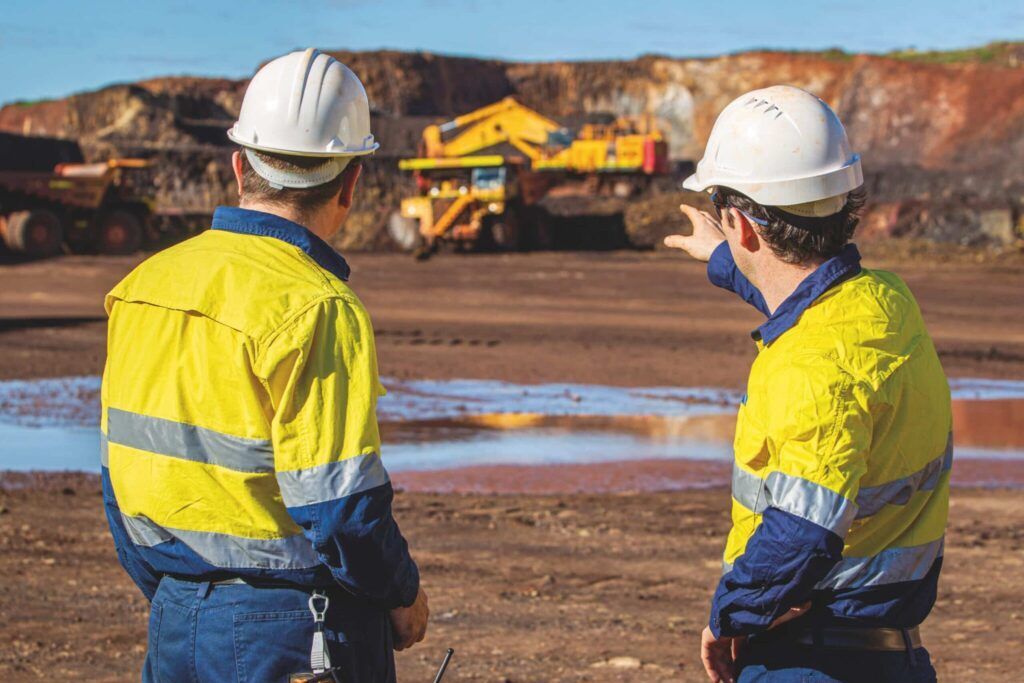
June 20, 2024
In partnership with Austmine, the August edition of Australian Mining will have a significant presence at MINExpo – the world’s largest mining trade show taking place in Las Vegas from September 24–26. Will you be showcasing at the event? Or maybe you have a new product or offering you’d like to promote to the MINExpo masses? The August issue will be your best chance to put yourself in front of the mining industry’s most influential decision-makers. This edition will also provide a platform for the best innovations, products and services available to the surface mining industry. Whether it’s having equipment that ensures efficient production, maximises return on investment, minimises waste or keeps workers out of harm’s way, it’s never been more important to invest in the right surface mining technologies. The offer includes: 1 x full-page advertisement for August edition of Australian Mining (ad to be supplied) 1 x editorial piece in Australian Mining (to appear as part of ‘surface mining’ feature) Editorial to be written for you by an Australian Mining journalist Editorial to appear on Australian Mining website and be distributed through its e-newsletter and social media channels. Source: https://www.australianmining.com.au/are-you-showcasing-at-minexpo/
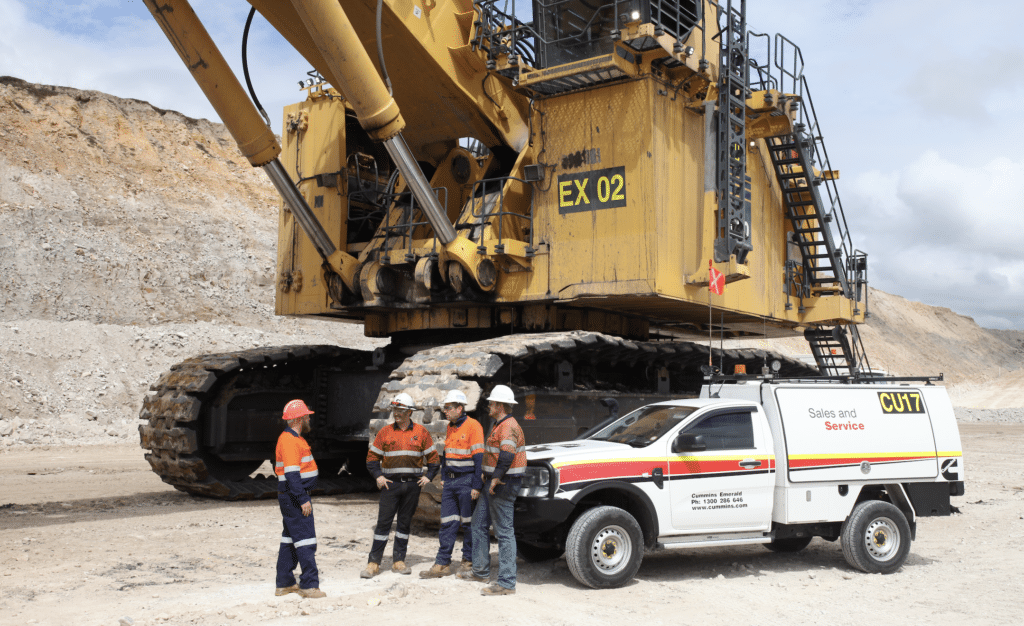
June 19, 2024
Cummins’ Australian-made PGXL coolants are widely accepted in the mining industry, providing protection across all diesel engine brands. In supporting remote mine operations, Cummins provides a well-established bulk coolant delivery service, eliminating the need for miners to manage their coolant inventory. Cummins takes care of all the logistics, delivering the coolant directly to the minesite. The PGXL production facility in Melbourne has the capacity to deliver 30 million litres of coolant per annum, so supply is readily available. Within the PGXL product line-up, Cummins offers two coolant technologies: PGXL HD and PGXL Vital. Both of technologies are propylene glycol-based coolants which provide heat transfer while being a safer option (than ethylene glycol) for product handling and the environment in that they are low toxicity and biodegradable. Both products are life-of-engine coolants and each offers its own set of benefits in engine and radiator protection to suit the wide-ranging operational requirements of customers. Batchfire experience Queensland miner Batchfire Resources has been using PGXL HD coolant since 2018, with bulk deliveries being made to the Callide Mine by one of the country’s most reputable fleets – Emerald Carrying Company. The PGXL HD coolant is used across all mobile equipment at the mine which encompasses more than 130 pieces of equipment, including Cummins and Caterpillar-powered machinery. Classed as an extended life coolant, PGXL HD has proven this classification valid at the mine. “It’s an easy coolant to deal with,” Batchfire superintendent – maintenance and engineering for mobile equipment Daniel Boal said. “If everything goes well and we don’t have an issue such as a blown coolant hose, we’re looking at coolant life of up to 30,000 hours depending on duty cycle and when engine changeout occurs.” The latest haul trucks – Komatsu 930-5 units with Cummins Tier 4 QSK60 MCRS engines rated at 2700 horsepower (hp) – coolant/engine changeout is at 30,000 hours, while the Komatsu PC7000 excavators with dual 1675 hp Cummins QSK50 MCRS engines have a coolant/engine changeout target of 20,000 hours. “We haven’t had any coolant-related issues across the different engine brands we’re operating,” Boal said, pointing out that engine teardowns at Callide have shown PGXL HD to provide the required protection against cavitation (liner pitting), corrosion and scale formation. “We’ve found it important to use the one coolant brand across all machinery and to stay with that brand to achieve consistency of water pump seal life and coolant performance in general,” Boal said. Cummins’ service support at Callide Mine – headed up by product support representative Sam van Leeuwen, who works out of the Cummins Emerald branch – also underpins the use of the Cummins coolant. Boal rates Cummins’ support highly. “Nothing is going to be perfect, but Cummins’ support is as good as you can get, it makes a big difference,” he said. The PGXL range is fully supported by an industry-leading non pro-rata warranty and can be used across a range of original equipment brands, such as Cummins, Caterpillar, Detroit Diesel, mtu, John Deere, Mercedes, Volvo and Waukesha. Source: https://www.australianmining.com.au/batchfire-cool-and-collected-with-cummins-pgxl/
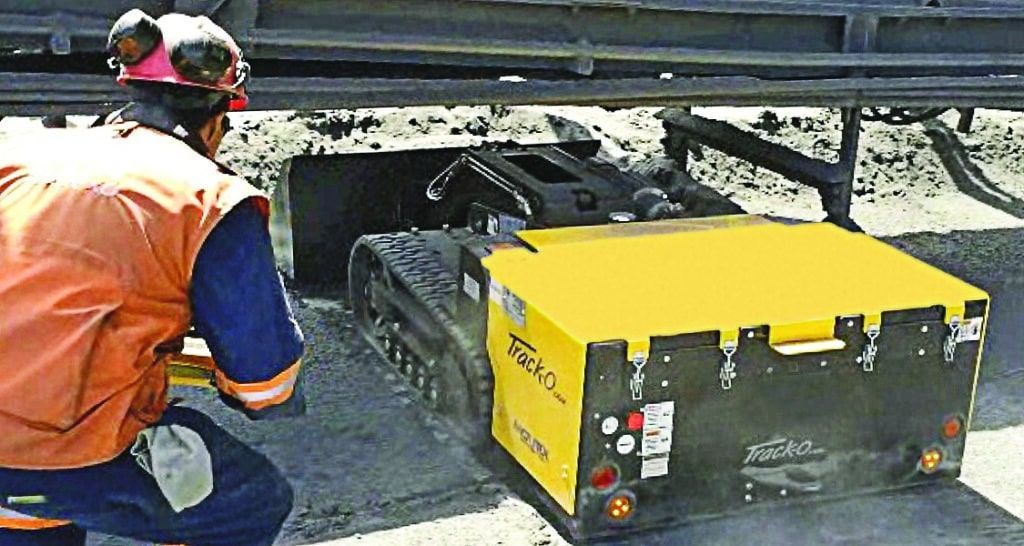
June 18, 2024
Movex’s MINIDOZER may have big implications for the Australian mining sector. When thinking about a mine site, one could be forgiven for simply picturing giant haul trucks and massive crushers. But the dynamic world of Australian mining often requires smaller solutions for bigger challenges as operations move towards a greener future. Hasemer Material Handling has been a trusted supplier of quality lifting and material handling equipment for the Australian mining industry since 1965. With decades of experience under its belt and customers across Australia and New Zealand, Hasemer is well versed on the challenges facing the sector as net-zero targets approach. The company is now bringing a different kind of solution to Australian shores with the help of its Canadian-based partner, Movex Innovation . As an established industry innovator, Movex boasts a network of mining equipment across a range of operations in more than 30 countries. Hasemer managing director Stephen Batten has seen first-hand the benefits Movex equipment can have in Australian operations. “Movex’s innovation is driven by a commitment to listening to its customers, with the company always coming out with new products to suit their unique needs,” he said. The latest Movex MINIDOZER is no exception to this principle. With a low-profile design for confined areas, the MINIDOZER is purpose-built for tough applications like cleaning potlines in aluminium smelters or underneath conveyor belts in ore-processing plants. These environments are traditionally extremely dangerous areas for workers, with operations needing to be shut down while workers perform cleaning and recovery. But the MINIDOZER takes the human element out of the process, boosting site safety and slashing downtime by allowing operations to keep running while it works. Batten said Hasemer has already implemented Movex’s machines at Australian operations with resounding success. “At one aluminium smelter specifically, we have been able to work with Movex and our customer to customise the MINIDOZER to their unique specifications,” he said. “One mining contractor told us the MINIDOZER actually saved them a person on the job.” But the ultra-compact loader doesn’t just have the potential to keep operations running; it can also keep workers out of harm’s way. Movex business development director William Lavoie said the MINIDOZER can also help operators reach their sustainability goals. “The confines of certain operations demand ultra-compact material-handling equipment, and not just any equipment will do,” Lavoie told Australian Mining. “In aluminium smelters, especially, equipment must be robust against magnetic fields, but we must accommodate a client’s needs and consider all operating environments. “Being electric-powered while having diesel power strength, the MINIDOZER also eliminates emissions and cuts fuel costs.” With nearly 100m of remote control range, the MINIDOZER is designed to work in harsh environments and go where others can’t. Lavoie emphasised that not only can the MINIDOZER save operators on downtime, maintenance and overall costs by only requiring simple battery changes, but it’s also an easy-to-use solution anyone can operate. “While the MINIDOZER uses smart and advanced technology, we engineered it so it can be used by anyone,” he said. “It doesn’t require any licencing either; it really is a simple solution.” It’s a simple solution Batten is confident will have a major impact in the Australian mining sector. “Hasemer and Movex alike prioritise quality products and services for our customers,” he said. “The MINIDOZER is the latest realisation of our shared commitment to solving the challenges our customers face.” Source: https://www.australianmining.com.au/a-mini-solution-for-a-major-industry/
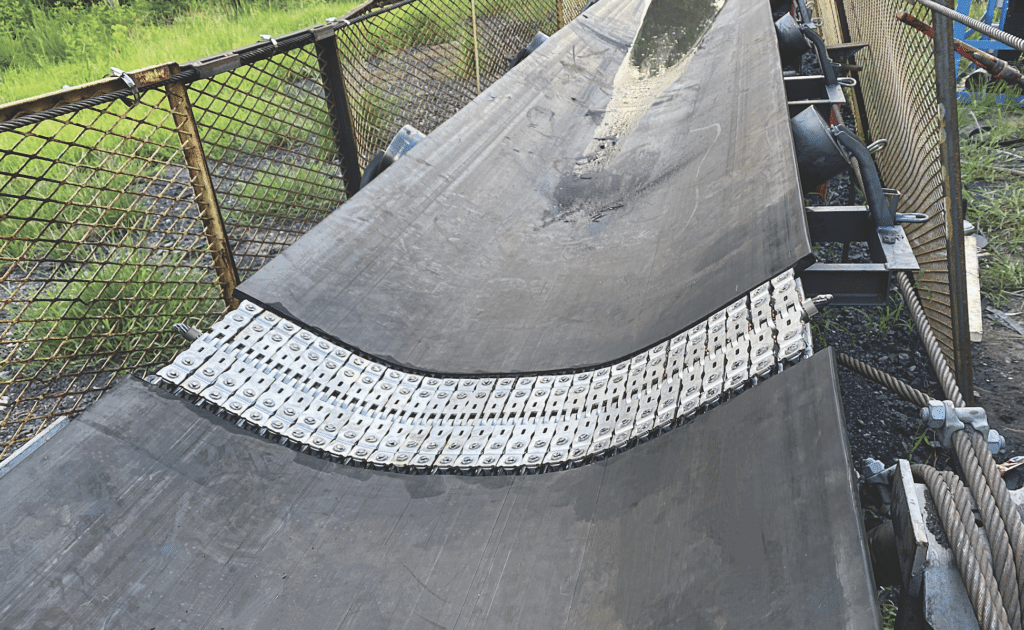
June 17, 2024
Flexco’s FXC steel cord belt fastening system is keeping conveyor systems up and running across Australia. Steel cord conveyor belts are put to use in only the heaviest of applications, such as high-tension applications like moving hard rock and heavy metal. But the sturdy nature of such equipment poses logistical challenges when it comes to maintenance. In the event of belt damage or pulling a new belt onto the conveyor system, few timely options have traditionally existed for splicing steel cord belts. Until now. Flexco ’s FXC steel cord belt fastening system can be installed immediately to get a conveyor system up and running as quickly as possible. Mine sites would ordinarily have to wait for a vulcanised splice on the conveyor belt, which can delay operations for days. With the FXC steel cord belt fastening system, however, the belt can be temporarily spliced in just hours until a vulcanised splice can be installed. “The FXC system is a first-of its-kind mechanical belt fastener for steel cord belts,” Flexco product manager – HD mechanical belt fasteners Franklin Moore told Australian Mining. “Nothing like this exists on the market right now and we are incredibly excited to share our patented design with the world.” Flexco’s testing has demonstrated that four workers are able to splice a 72-inch-wide steel cord belt in just 4–6 hours. “The stress of waiting to get a belt back in operation is one thing, but we also know how detrimental this downtime is to the site’s bottom line,” Moore said. “While this is a temporary splice, it bridges the gap until a permanent vulcanised splice can be installed. “The FXC can be kept on hand as an insurance policy so when faced with unplanned downtime, customers can respond immediately.” The FXC fastening system also enables quick and efficient belt pulling. “Another option available with the FXC is that it enables sites to attach a new steel cord belt onto an existing one in order to string the new belt onto the system,” Moore said. “Teams can prep the new belt end prior to shut down for minimal downtime when changing a belt, and a safety factor is calculated to give sites confidence when pulling the new belt on.” Testing in this area has shown four workers can prep a 72-inch-wide belt for stringing onto a conveyor in three hours. That means the FXC fastening system can manage the biggest challenges associated with steel cord conveyor belts. “The FXC empowers customers to reduce the amount of downtime associated with steel cord belts, which are often incredibly important to a site’s production,” Moore said. “Scheduling, transportation time, belt prep, installation and curing time of a typical vulcanised repair or replacements can take days, if not weeks. “This downtime and lost production are extremely expensive, so we are giving these teams a new method for getting back up and running in just a few hours.” Flexco also understands that steel cord belts come in all shapes, sizes and construction. That’s why the company collects belt specifications from customers in order to create and deliver a customised FXC fastening system to suit a site’s specific needs. Made from high-quality components, the FXC fastening system has been expertly designed and rigorously tested in different mining environments around the world. “Flexco has been the trusted expert in mechanical fasteners for over 115 years, so it’s exciting to improve our customers’ efficiency in a whole new belting market,” Moore said. “Leading the way with a mechanical fastener for steel cord belts has been exciting for the whole Flexco team, but the benefits it offers our customers is the most special aspect. “The FXC has been welcomed into a variety of different industries around the world and the reception has been astounding. “Flexco is proud to offer something that gives sites control over expensive and extended downtime.” Source: https://www.australianmining.com.au/uptime-when-it-matters-most/
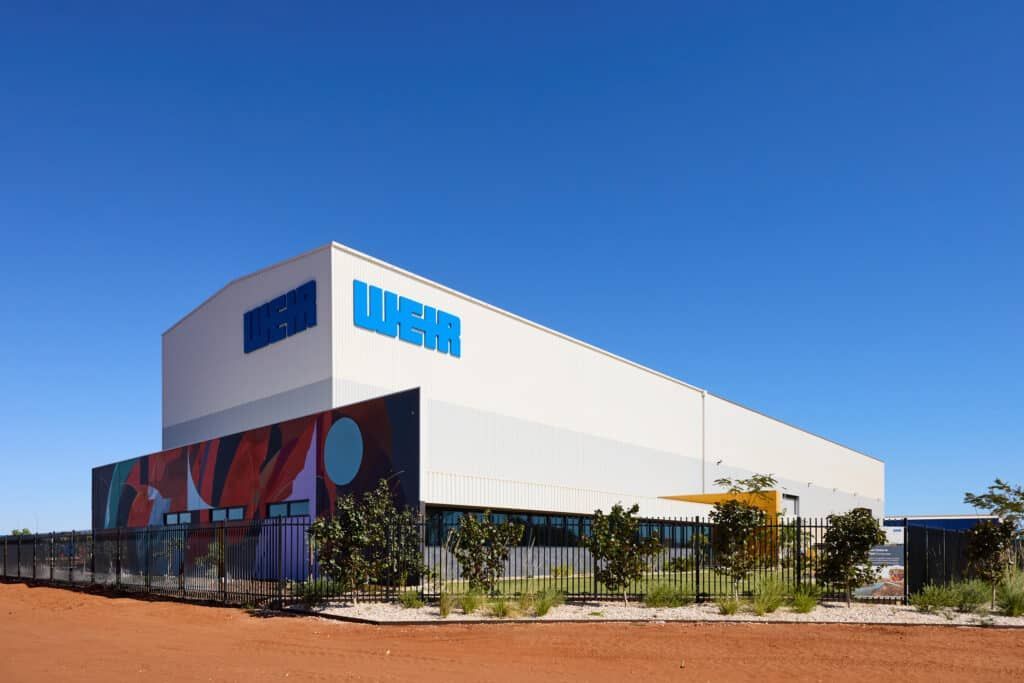
June 11, 2024
Global mining technology leader Weir has officially opened its new Port Hedland service centre in Western Australia. The new facility bolsters Weir’s national network of 16 service centres and will aim to support customers and their operations across the Pilbara region. The centre is equipped to service Weir’s broader range of products and technologies, provide engineering and maintenance support as well as critical parts storage for faster service times for customers. “The new centre at Port Hedland will support our key customers in the region, providing Weir’s best-in-class service and expertise,” Weir Minerals regional managing director Kristen Walsh said at the facility’s opening. “The Australian $28 million facility demonstrates our commitment to sustainable mining and with further investment planned, we will continue to support our ambitious growth plans in the Pilbara region of Western Australia.” This will include Fortescue and Thiess’ Iron Bridge project, which incorporates Weir transformational flow sheets – the world’s first dry comminution circuit without tumbling mills. Port Hedland serves as a critical hub for the mining and resources industry in Australia, driving economic growth and success for the important iron ore region. The new service centre will work to deliver innovative engineering solutions and expertise, enhancing operational efficiencies and advancing sustainable progress across the Pilbara’s dynamic mining landscape. With best-in-class technology and support, the centre features facilities for Enduron high-pressure grinding rolls servicing, including tyre roller assembly and Linatex rubber lining services, helping customers to extend the life of their assets. The next stage of development, set for 2025, will see an expansion of the team and specialisation in the repair and overhaul of various Weir processing equipment including Warman pumps, Cavex hydrocyclones and Isogate valves as well as Enduron crushers and screens. Building on trust, collaboration and integrity, Weir said it is committed to delivering innovative solutions and working together with its customers to make mining more sustainable. Source: https://www.australianmining.com.au/weir-opens-28m-port-hedland-service-centre/
Jobs in Mining Australia does not receive any funding to operate its business. All profits are used to improve the service we offer to Jobseekers.
USEFUL LINKS
FOLLOW US
STAY INFORMED
You need a helping hand with your project?
Thank you for contacting us.
We will get back to you as soon as possible
We will get back to you as soon as possible
Oops, there was an error sending your message.
Please try again later
Please try again later
CONTACT US
Contact Us
Thank you for contacting us.
We will get back to you as soon as possible.
We will get back to you as soon as possible.
Oops, there was an error sending your message.
Please try again later.
Please try again later.
© 2025
All Rights Reserved | Jobs In Mining Australia
Powered with 💛 by Shazamme
